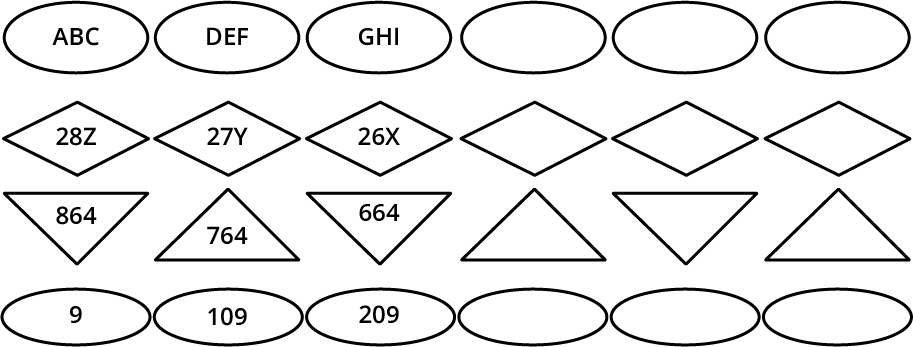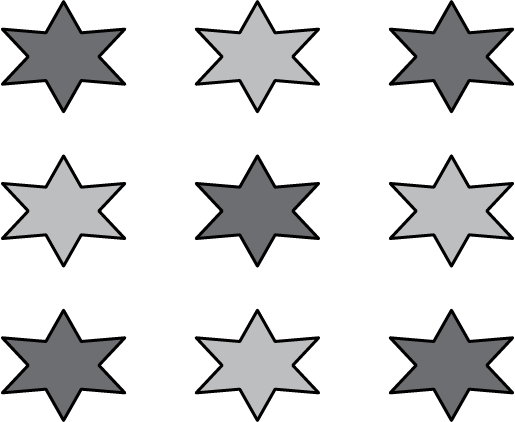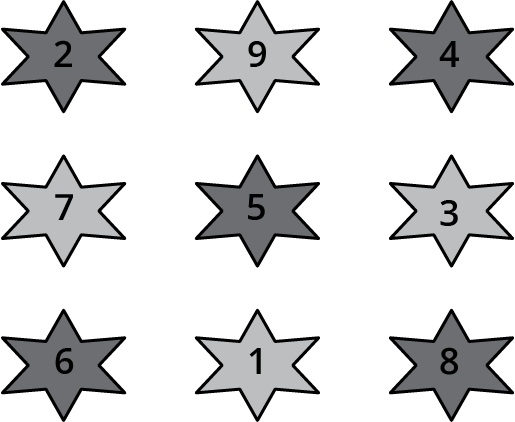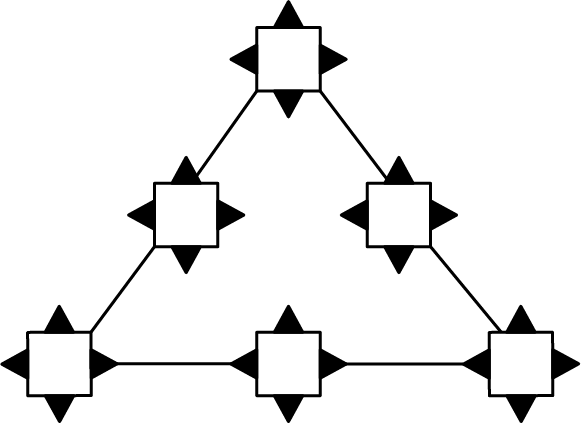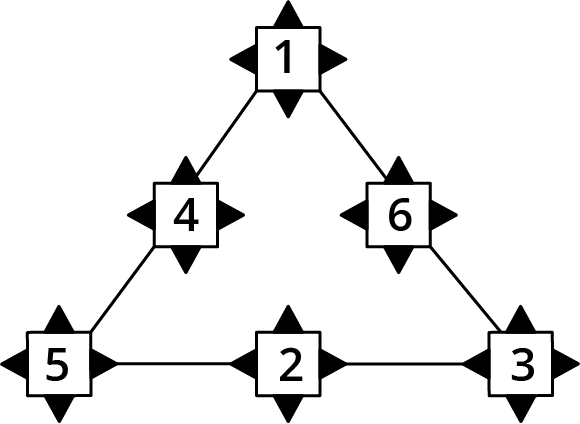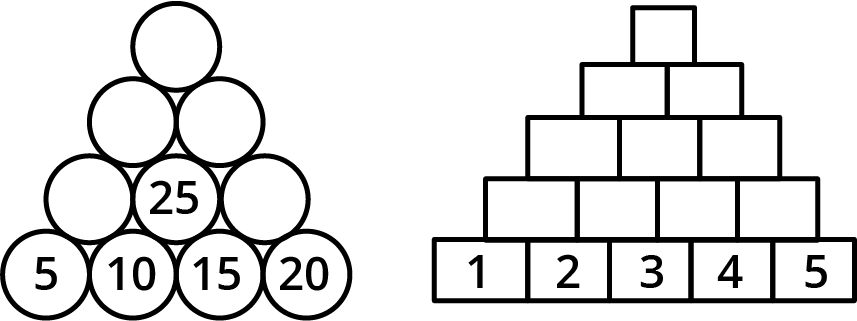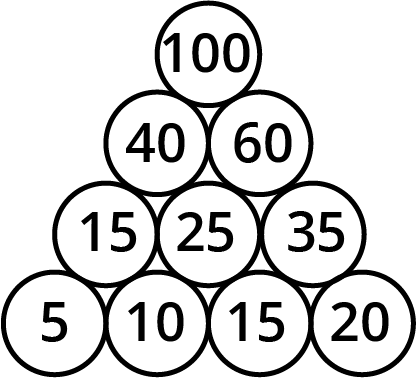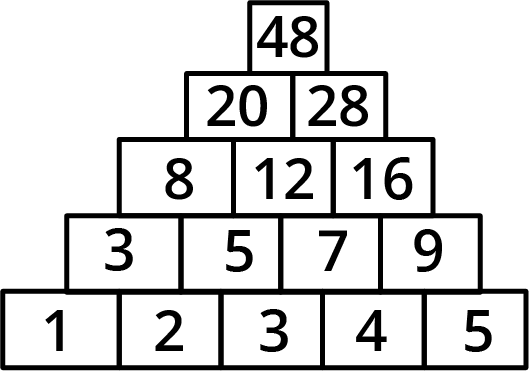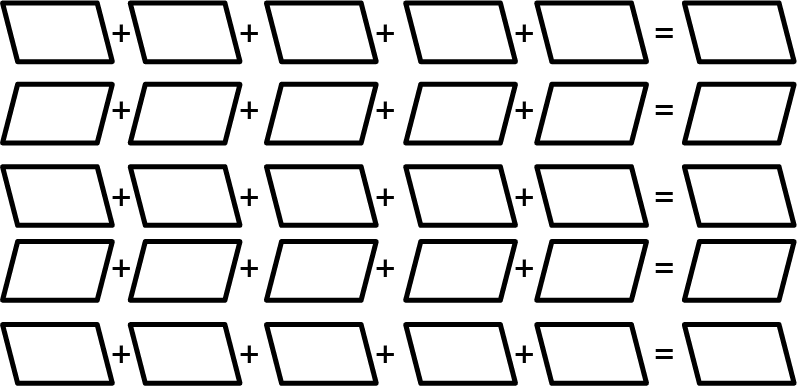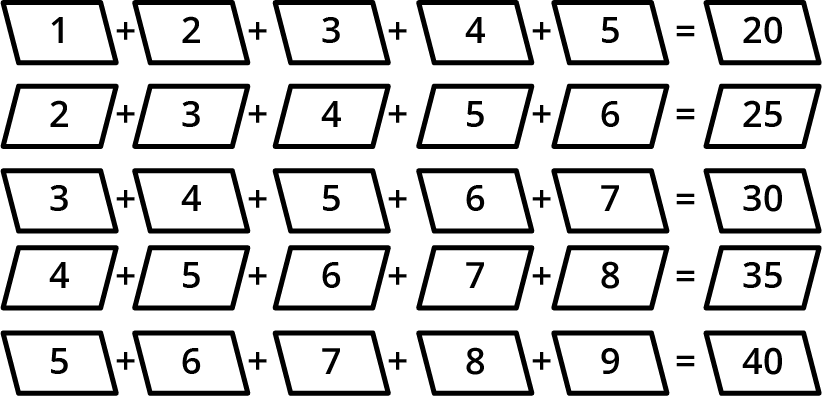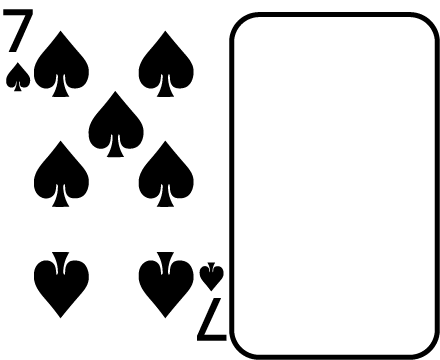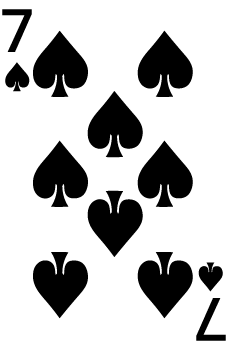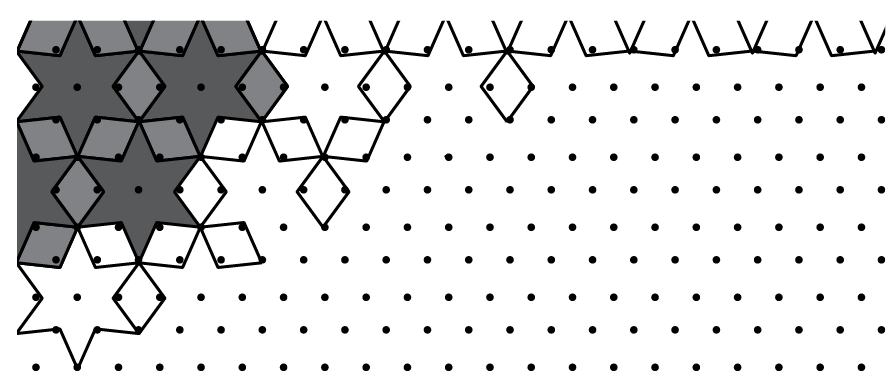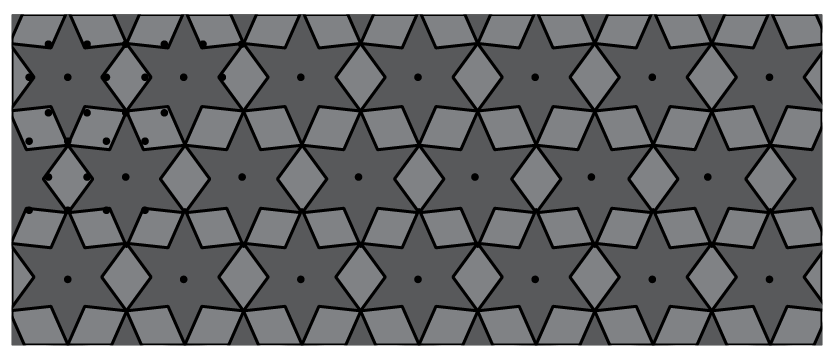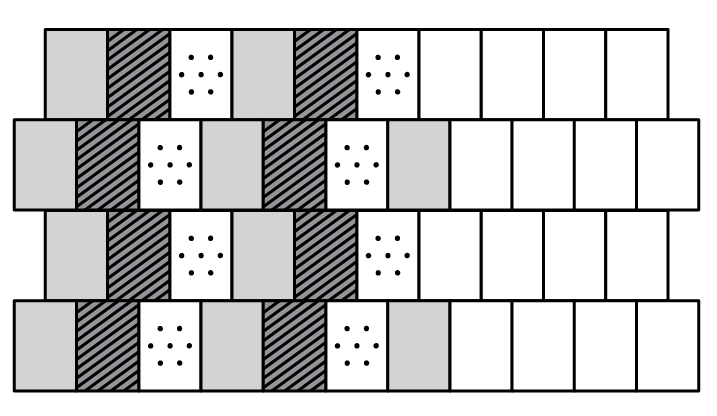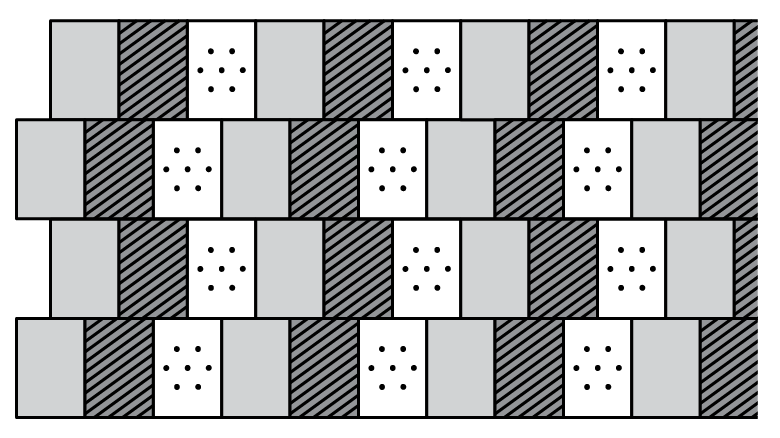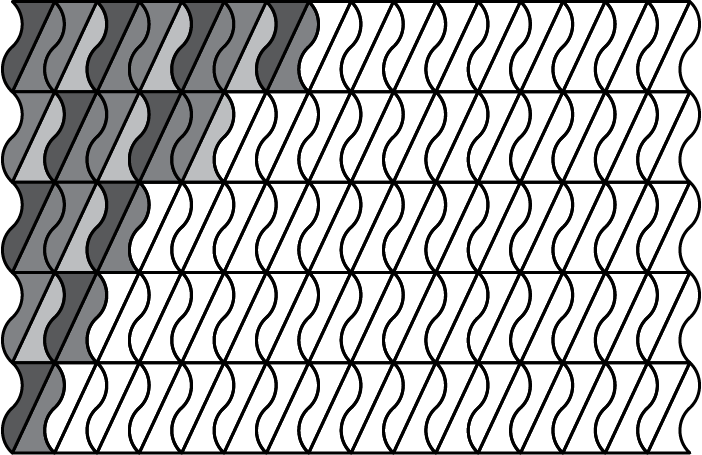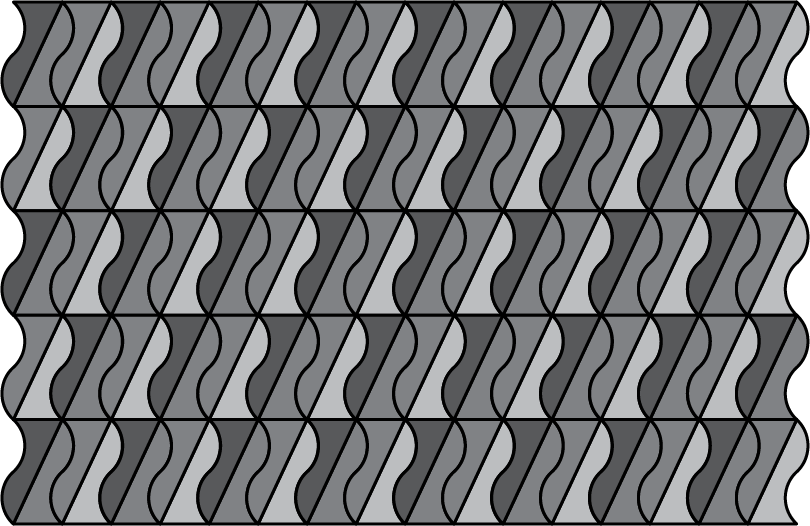Play With Patterns - Exercise-wise Questions and Answers For Class 4 Maths - Free PDF Download
FAQs on NCERT Solutions For Class 4 Maths Chapter 10 Play With Patterns - 2025-26
1. Where can I find stepwise NCERT Solutions for Class 4 Maths Chapter 10 Play With Patterns as per CBSE 2025–26 textbook?
You can access full stepwise NCERT Solutions for Class 4 Maths Chapter 10 Play With Patterns based on the latest CBSE 2025–26 NCERT textbook on Vedantu's official NCERT Solutions page. All answers are structured according to the official question order and present each pattern-solving step in detail.
2. How does the solution for Class 4 Maths Chapter 10 PDF ensure CBSE approved and accurate answers?
The solutions for Class 4 Maths Chapter 10 PDF are prepared strictly as per the latest NCERT textbook pattern and CBSE 2025–26 syllabus. Each answer follows the correct NCERT answer format, ensuring all steps, methods, and explanations match what is expected in actual CBSE exams.
3. Can I download Class 4 Maths Chapter 10 worksheets with answers in PDF to practice Play With Patterns?
Yes, most NCERT Solutions platforms like Vedantu offer free downloadable PDFs of Class 4 Maths Chapter 10 worksheets with answers. These worksheets are CBSE approved and include stepwise explanation for every pattern-based question.
4. How are Play With Patterns Class 4 NCERT questions solved in the answer key for Chapter 10?
All Play With Patterns Class 4 NCERT questions are solved using the official CBSE answer structure, providing clear stepwise reasoning for patterns, sequences, and logical deduction as asked in each textbook activity. Care is taken to follow the same examples and methods prescribed in the latest NCERT.
5. Is the answer key for Class 4 Maths Chapter 10 Play With Patterns available in both English and Hindi as per NCERT?
Yes, you can find NCERT Solutions for Class 4 Maths Chapter 10 Play With Patterns in both English and Hindi medium. All stepwise answers are provided in student-friendly language and follow the official NCERT textbook approach for both mediums.
6. Which kinds of pattern questions are included in NCERT Solutions for Class 4 Maths Chapter 10?
NCERT Solutions for Class 4 Maths Chapter 10 include a variety of pattern questions, such as number sequences, shape repetitions, growing and shrinking patterns, and fill-in-the-blanks with correct logic, all solved with detailed stepwise explanation as per NCERT guidelines.
7. Are the answers in the NCERT Solutions for Class 4 Maths Chapter 10 sufficient for CBSE exam preparation?
Yes, the NCERT Solutions for Class 4 Maths Chapter 10 follow the CBSE format and provide complete, accurate, and textbook-aligned answers for all intext and exercise questions, making them fully sufficient for school exams and concept clarity.
8. How can I verify the correctness of my answers for Play With Patterns Class 4 worksheets?
You can use the stepwise NCERT Solutions provided in the answer key PDF to compare your methodology and final answer. Each solution explains the logic and reasoning, which helps you self-verify and correct any mistakes in your own pattern solving.
9. What is the method to solve complex pattern questions in Class 4 Maths Chapter 10 as per NCERT?
The correct method is to carefully observe the sequence, note the repeating or growing rule, and fill in the blanks using logical deduction. Always write answers in the order shown in the textbook and explain your reasoning stepwise as per CBSE 2025–26 NCERT guidelines.
10. Can I get Play With Patterns Class 4 worksheets with answers PDF for extra practice?
Yes, you can download Play With Patterns Class 4 worksheets with stepwise answers in PDF from reputable NCERT Solutions websites. These practice worksheets are based on the NCERT pattern and help reinforce pattern recognition skills for all students.
11. How do I solve fill-in-the-blanks and draw-the-next pattern questions in Class 4 Maths Chapter 10 according to NCERT format?
Begin by identifying the underlying rule (such as colour sequence, shape repetition, or number increase). Complete the blank or drawing using this rule, and describe your steps clearly, keeping your answer structure the same as shown in the NCERT solution PDF.
12. Why is writing the reasoning for each answer important in Class 4 Maths Chapter 10 Play With Patterns?
Writing the reasoning helps demonstrate your understanding of pattern logic and satisfies the CBSE-approved stepwise answer format. The NCERT Solutions always include an explanation for the answer, which is crucial for scoring full marks and clearing conceptual doubts.





























